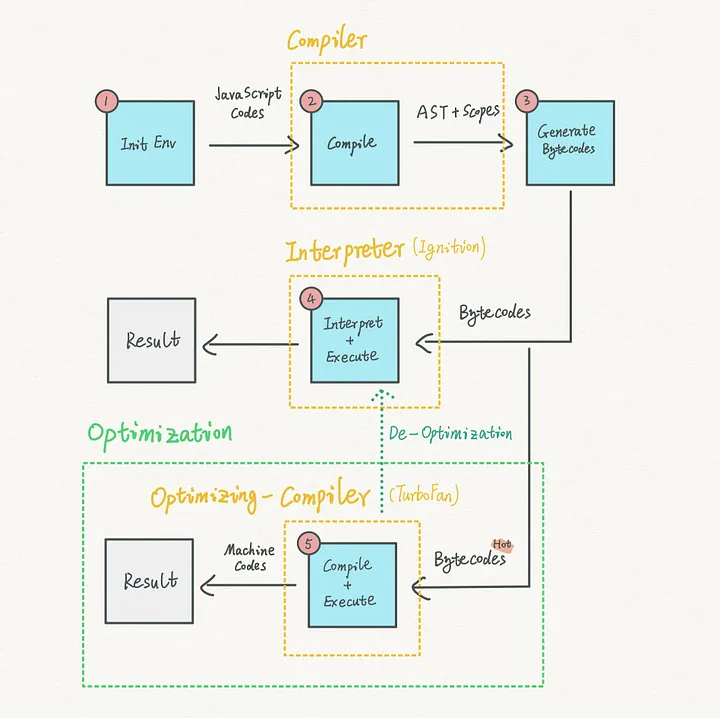Bleed
Example
The following code:
import { Bleed } from 'nextra-theme-docs'
<Bleed>Hey, I can use **Markdown** syntax here.</Bleed>
<Bleed full>

</Bleed>
<Bleed full>
<iframe
src="https://codesandbox.io/embed/swr-states-4une7"
width="100%"
height="500px"
title="SWR-States"
/>
</Bleed>Produces this page:

Introduction to Bleed
In web design, "bleed" typically refers to elements or components that extend beyond their usual layout constraints, often "bleeding" into or past the edges of their parent container, section, or even the viewport itself. The viewport refers to the visible area of a web page within a user's browser window or device screen. It defines the portion of a web page that a user can see at any given time, without scrolling.
This concept is borrowed from print design, where bleed indicates content that extends beyond the page's trim edge, allowing for a margin of error in cutting the paper.
In Web Design
In web design, "bleed" can create a visually dynamic effect, making elements appear as if they're "overflowing" into adjacent areas or sections. It’s commonly used for:
- Full-width banners or hero sections that span the entire width of the browser window.
- Background images or color sections that extend to the edge of the screen, even if other content is centered.
- Cards or images that intentionally overlap their containers to add depth or a layered look.
What is a "Bleed Component"?
A "bleed component" in web design is a UI component intentionally designed to extend or "bleed" beyond its parent container’s boundaries. This type of component can create a distinct visual hierarchy or draw attention to itself by breaking the flow or box constraints of typical layouts.
Examples of Bleed Components
-
Full-width Image or Video Banners:
- A banner that spans the entire width of the page, regardless of the content width.
-
Edge-to-edge Backgrounds:
- A section or div with a background color or image that bleeds to the edges of the viewport.
-
Floating Cards or Overlapping Components:
- Cards or elements positioned to overlap adjacent sections, creating a layered or stacked effect.
-
Side Bleeds for Navigation or Sidebars:
- Navigation menus or sidebars that extend beyond the main content container, creating an asymmetrical design effect.
How to Create a Bleed Effect in CSS
To make a component "bleed" in CSS, you generally use positioning techniques or CSS properties like position: relative;, margin, padding, or width: 100vw; (viewport width). Here’s a quick example:
.bleed-banner {
width: 100vw; /* Full viewport width */
margin-left: calc(50% - 50vw); /* Centered bleed */
background-color: #f0f0f0;
padding: 20px;
}This bleed-banner class forces the element to extend beyond its parent container’s width, creating a full-viewport-width effect commonly seen in bleed components.
Bleed components can enhance visual appeal by making sections appear more expansive and engaging, especially in minimalist or modern designs.